
Birdscaping. Did you even know that was a thing or a necessary and environmentally-friendly act that you can easily carry out in your own backyard?
If you’ve already encountered this beautiful new verbiage and have taken the steps to implement it in your garden, then you may already be experiencing colorful, attractive and song-filled results.
However, if the term birdscaping is new to you, all you have to do is read on with an open mind and a keen interest.
When you get to the end of this page, go ahead and share your newfound knowledge of attracting more birds to your garden, simply stating that a little bird told me so.
Birdscaping, just like with landscaping, is creating a garden for the birds’ enjoyment, as well as for yours. Think of birdscaping as a kind act of rewilding.
A gesture towards nature that lifts it up where it has been suppressed.
An offering of bushes, shrubs, berries, and seeds that increases the survival – and thriving – of all birds who fly into your beautiful garden space.
As a side benefit, attracting more birds to your garden further increases your attention to the outdoor world. In recent times, many people have gotten started with birdwatching. Birding is a gateway to connecting with nature, even making friends – with both people and, you guessed it, birds.
Why attract birds to your garden?
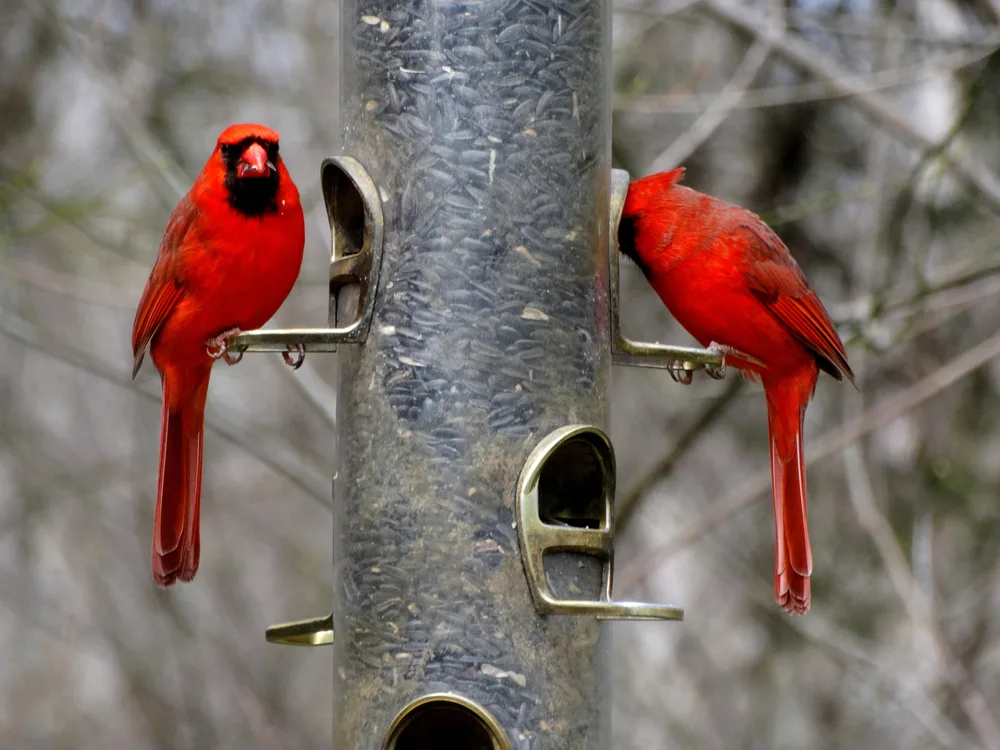
As we get older and “grow up”, many of us, once again, look to nature for something to observe off the screen. It’s true, that birding can be a wonderful digital detox activity. Just grab your guide books, a thermos full of your favorite hot drink, and a pair of binoculars to spy something feathery and wonderful.
Children can, and should, be introduced to birdwatching from a young age. To stimulate their love and understanding of nature, to nurture their passion for caring for the environment. The best way to do this is right in the backyard.
Besides providing your observing eyes with a flash of color, or a sweet song in your ears, birds also feed on pests in your garden. They gobble up larvae and beetles like it is their business. And it is!
Outside of insects, most of which you’re probably trying not to attract to your garden, you will need to supplement the birds’ diet with healthy foods on occasion.
This can be accomplished in two ways. By using different types of feeders to attract hungry birds, or by planting native fruiting trees and shrubs that birds love.
The former takes only as much space as a feeder fits into since a bird can peck a snack and fly away. Planting of fruit-bearing shrubs and trees takes up significantly more space, though they can be planted at the edges of your garden. In fact, the birds would prefer it that way.
Offer what you have and give as much as you can afford in time and space. The birds, and all of nature, will thank you dearly for that.
In return they will gift you with their presence and their sing-song tunes.
1. Set out nutritious food
To endear the heart of any human, mammal or bird, food often tops the list.
To live life satisfied with a reliable source of good food, puts us all at ease, knowing where and when our next meal might come from.
Birds eat several things, depending on the time of year, as well as taking into consideration their species.
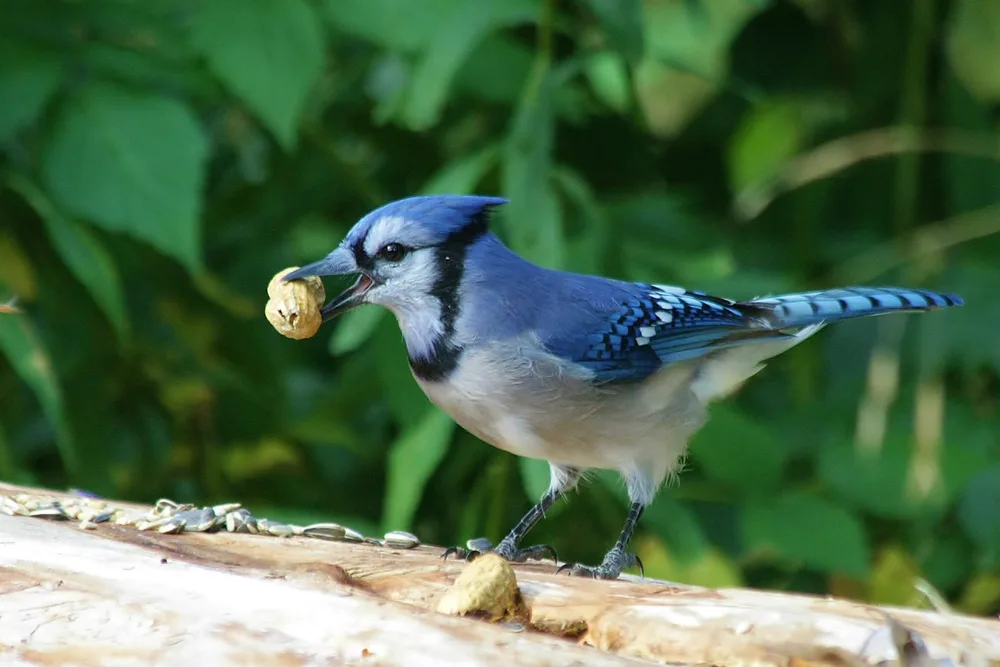
A bird’s diet generally consists of:
- worms, beetles, grubs, spiders, caterpillars and insects of all kinds
- seeds – from weeds and sometimes garden seeds (starlings are known to trim back tender seedlings), tree buds, grass shoots, lichen, sap and more
- fruit, berries and the occasional nut
- pollen and nectar
- naturally, larger birds will also consume rodents, snakes and small mammals
While you won’t be attracting all the birds in your Backyard Guide to the Birds of North America, you may be able to lure goldfinches, robins, blue jays, hummingbirds, cardinals, sparrows, black-capped chickadees and white-breasted nuthatches into your yard. Woodpeckers and orioles too.
To attract more birds, set out more than one kind of bird feeder
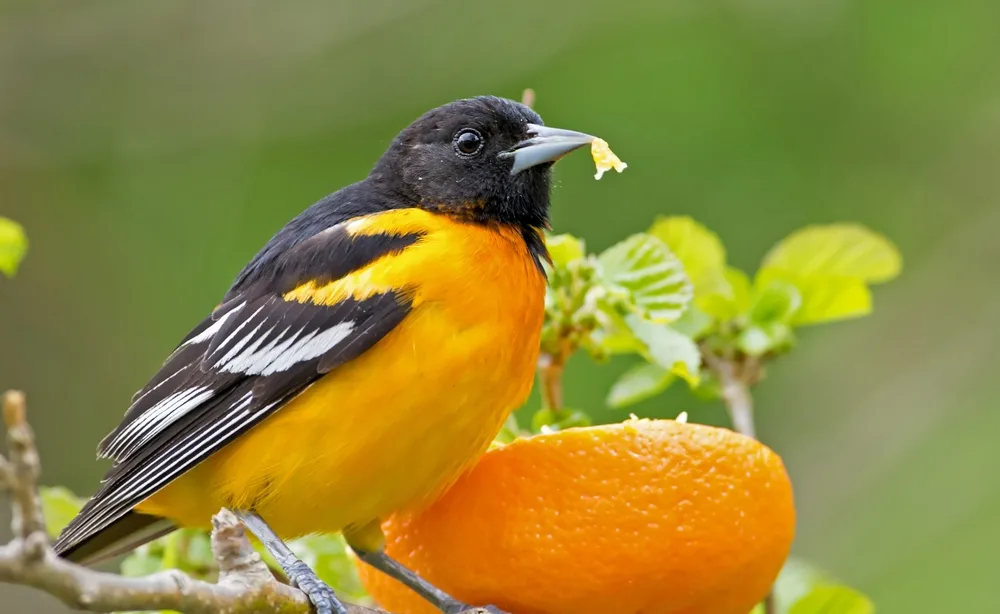
Keeping in mind that birds have their preferences, the feeding of birds is not a one-size-fits-all table spread.
To accommodate more birds in and around your yard, be sure to provide more than one type of food. In part, this can be accomplished by the use of bird feeders. However, if you really want to attract more birds throughout the entire year, a feeder alone may be insufficient. You can jump right to step 4 to read more about planting wildflowers, perennials and shrubs to cater to feathered-friends year round.
If the birds are hungry right now, you can set out several foodstuffs to fill their bellies and help them to find food when other sources are lacking.
Seeds and nutritious feed for birds
- millet
- mixed birdseed
- hulled sunflower seeds
- nyjer (thistle) seeds
- suet (beef fat) (to be used in cold months only)
- cracked corn
- mealworms
- peanut butter (without sugar)
- apples
- raisins and currants, soaked overnight
- orange slices
In addition to providing a variety of food, it’s in the best interest to set out different types of feeders. Whereas some birds prefer eating from the ground (such as chaffinches and blackbirds), others enjoy a fine perch to dine from.
You may need to try more than one type of food to attract the birds you are waiting for. That being said, you may also have to wait until they find your feeding station, or restaurant, however you like to refer to your garden diner.
Be patient. Once the birds learn of the good food, they will share the news and bring their friends.
Read more: 11 Tips for Feeding Backyard Birds @ Audubon
With their nutritional needs now covered, let us turn to providing them with a safe place for a home.
2. Provide shelter and nesting space
A bird’s first choice is to nest in the trees. Yet, in the absence of the perfectly placed branches, they will search for other luxuries. Wouldn’t we all?
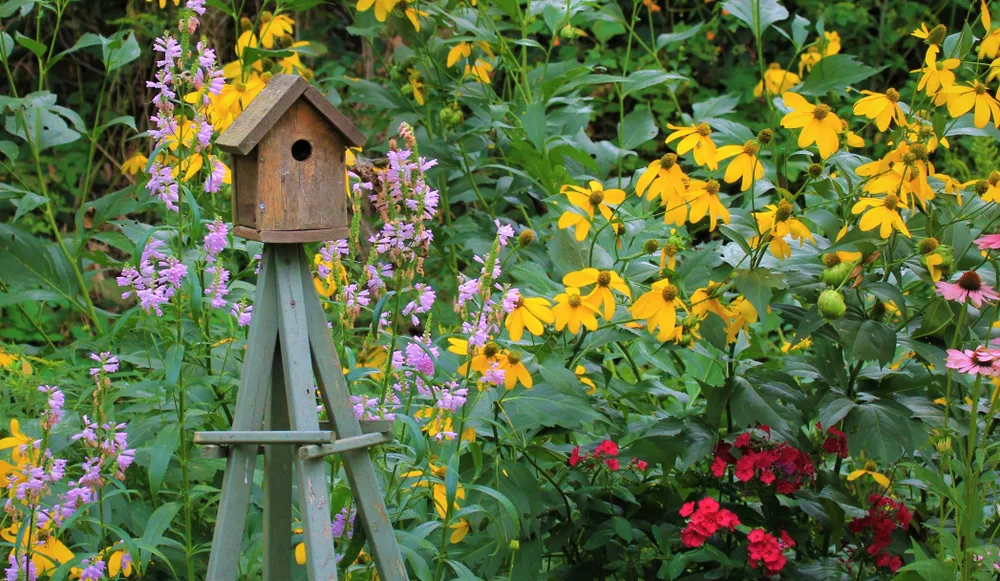
The good news is that building a birdhouse is an amazingly simple activity that need not take more than an afternoon, especially if you’re making a birdhouse from a kit.
You can also buy them ready-made and ready to move in. Such as this all-natural birdhouse for finches, wrens, and bluebirds.
Knowing where to put your birdhouse, or birdhouses, makes all the difference in the world. Your birdhouse should be out of direct sunlight and out of strong winds. Pay attention to which way the birds fly in and out. North to east facing is preferred.
Not all birds are “cavity-nesters”. Those that are include: wrens, chickadees, purple martins, bluebirds and sparrows, just to start.
Read more: How to Attract Nesting Birds to Birdhouses @ Birds and Blooms
One additional thing to consider when attracting birds to your garden is the presence of outdoor cats. Be sure to place your nesting boxes accordingly and as far out of the way as possible. Also, be sure to feed your cat well, so they aren’t as inclined to go for the kill.
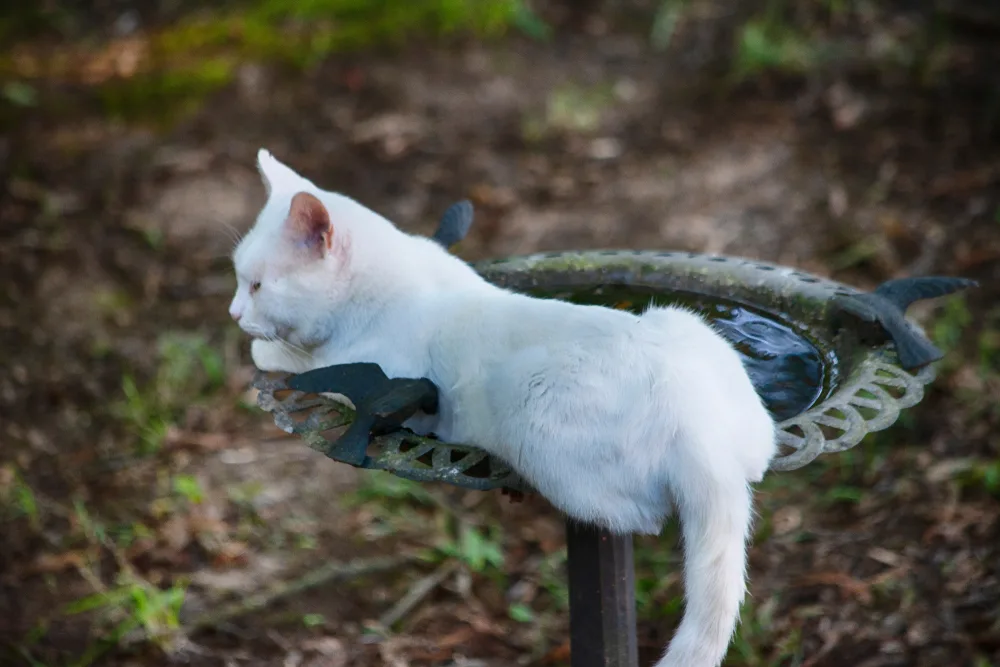
Another solution is to scroll down to step 4 and learn how to feed birds naturally. When they can safely pluck their food in hedgerows and bushes, they will naturally be protected by branches from their predators. It’s a win-win situation.
3. Gift the visiting birds with something we all need – fresh water
Water is the source of life.
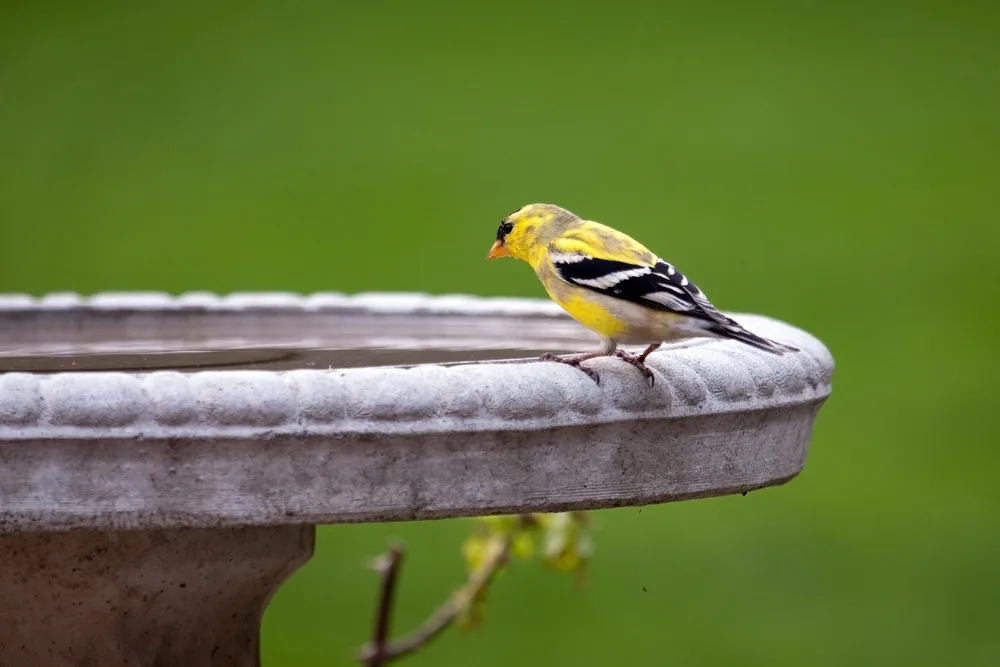
Birds have been used to drinking clean water from rivers, lakes, streams and from the rain that collects on plants and trees. More recently, in the grand scheme of things, birds have adapted to drink from all sources, even from puddles in parking lots. Gross.
But I know you can do a lot better than that, especially when it comes to beautifying your backyard space.
It’s easy enough to make a rustic hanging birdbath, to provide your backyard visitors with just the right amount of fresh water. So, go ahead and start with that.
Or add an even larger birdbath; my grandma always had one in her yard! Along with at least 10 other feeders for catering to cardinals, goldfinches, tits, nuthatches, robins and black-capped chickadees in Wisconsin.
So long as you always keep the water fresh and clean, the birds will keep coming back. Especially now, that they have their food, shelter, water and survival needs covered.
A quick note about sitting water.
In the summer months it’s important to dump and refill birdbaths every day so that mosquitoes don’t have a convenient breeding ground in your yard. This keeps you from getting bitten and helps prevent the spread of mosquito-born diseases.
Next up is providing birds with branches, food, and singing perches galore!
4. Plant perennials, wildflowers, shrubs and bushes to attract more birds to your garden
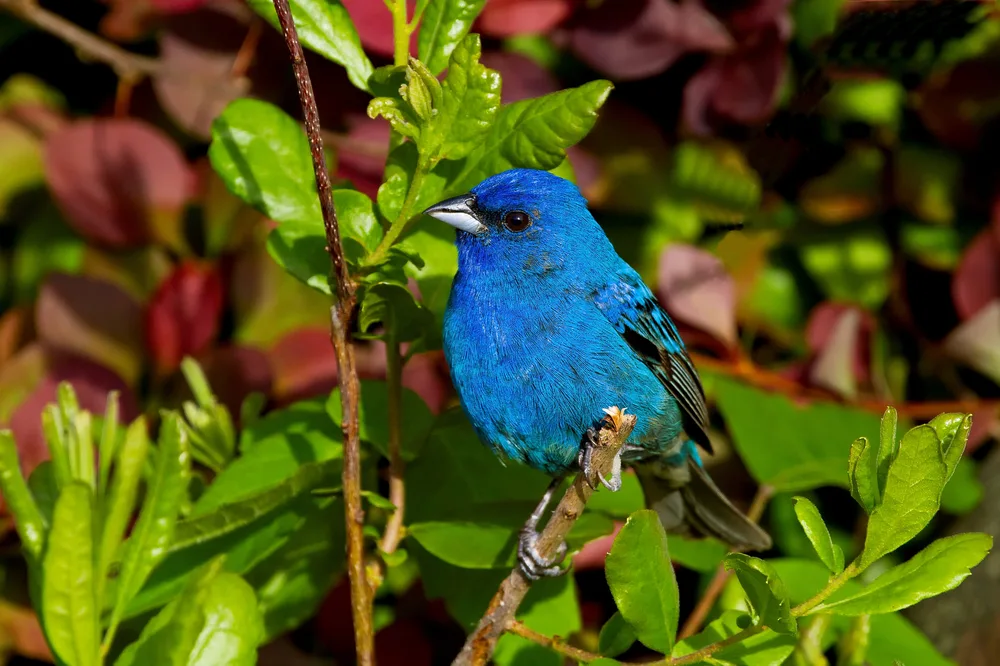
Once you’ve had the chance to cater to birds for an extended period of time, you will begin to realize just how much they can eat. Or spill on the ground, or both, whatever the case may be.
If the constant refilling of feeders and buying sacks of birdseed (not grown by you) has you questioning “is it really worth it”, then please consider offering some plants they would naturally be searching for, would they already be available in the landscape.
While the initial cost of planting trees and shrubs is significantly higher than simply buying birdseed, the end result is ultimately less work.
And even more food for the birds!
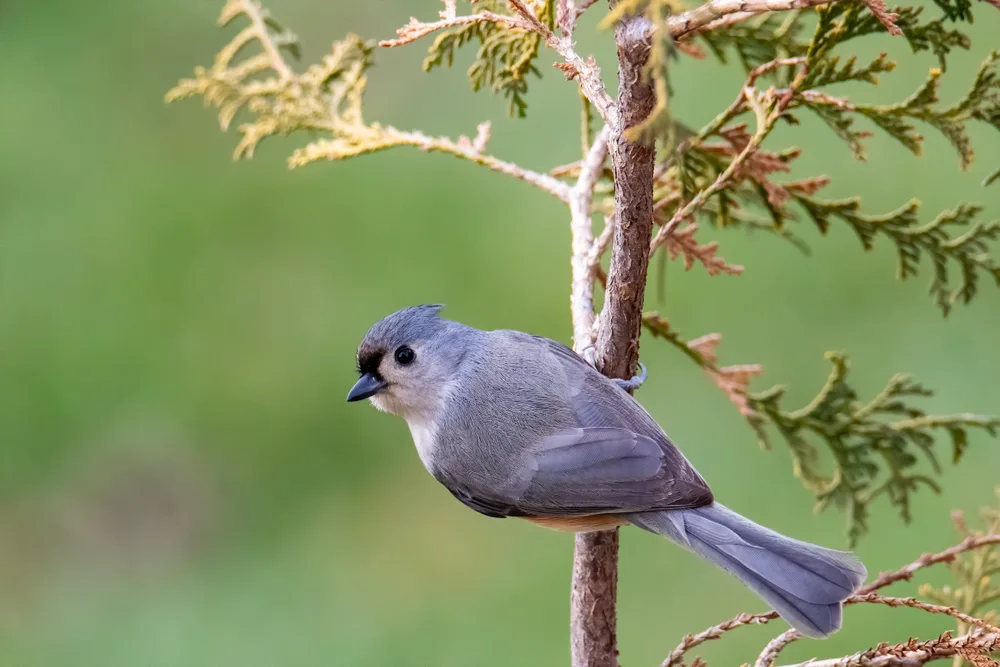
This can easily be incorporated into the rewilding of your garden, which benefits more than a flock of birds – it affects an entire ecosystem, whatever its size may be.
The more native plants you start incorporating into your landscape, the more birds (and other local wildlife) you will attract.
Focus on oaks, dogwoods, serviceberries, elderberries, sumac, buttonbush, and more – depending on your location, of course.
To find out what plants are native to your area, enter your search in Audubon’s Native Plants database or reach out to your local agriculture extension office.
Also, check out our list of 15 Colorful Trees & Shrubs to Attract Birds To Your Garden to further your birdscaping plans.
5. Rewild your garden
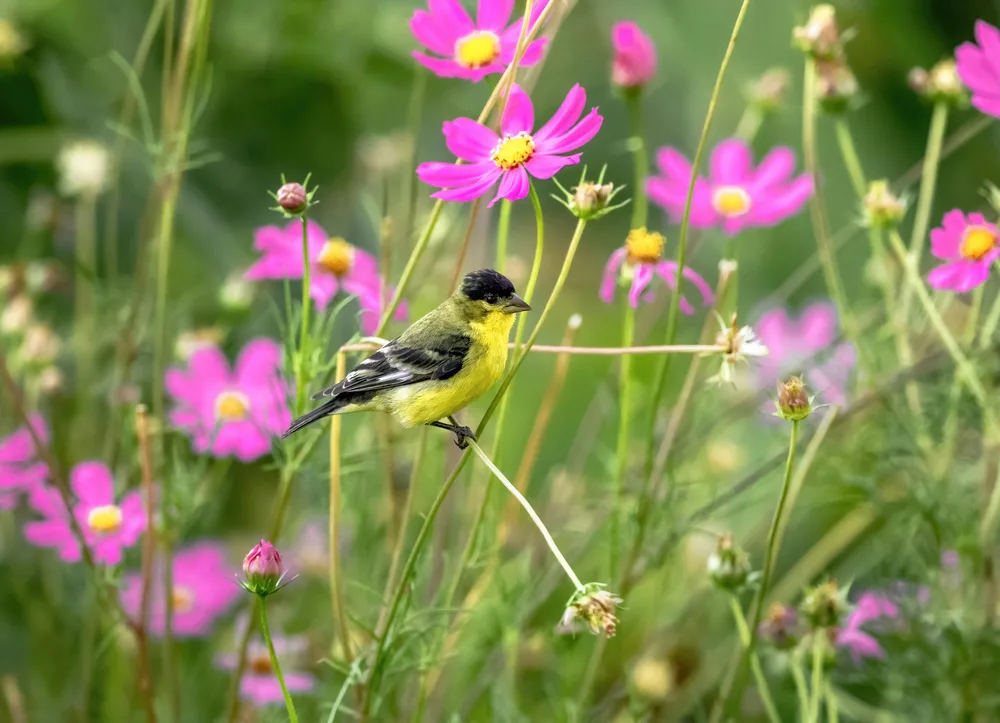
Rewilding is a trending buzzword these days.
In part it can entail not mowing your lawn, or simply mowing it less.
You can leave dedicated areas for “weeds” which, in turn, becomes food for birds.
The addition of a water feature will be appreciated by all birds, small mammals and other creatures coming to your garden too.
If you aren’t sure you’re up to the task of rewilding, read this article Rewild Your Garden: 10 Easy Things You Can Do To Make A Big Difference to get inspired.
Don’t forget about planting native flowers for the birds too.
Here is a list of 12 annuals and perennials you can plant for their pleasure, as well as yours.
Keep in mind that when attracting birds to your garden, it’s not just about feeding them – though that is a big part of the fun. Make sure they have plenty of branches to land on and they feel safe.
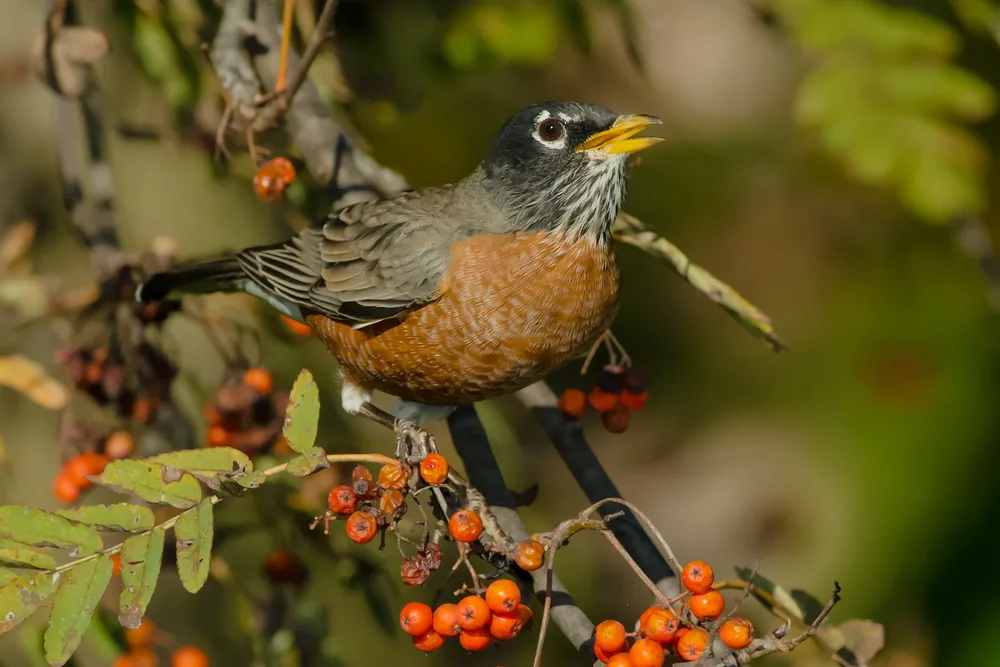

Get the famous Rural Sprout newsletter delivered to your inbox.
Including Sunday musings from our editor, Tracey, as well as “What’s Up Wednesday” our roundup of what’s in season and new article updates and alerts.

